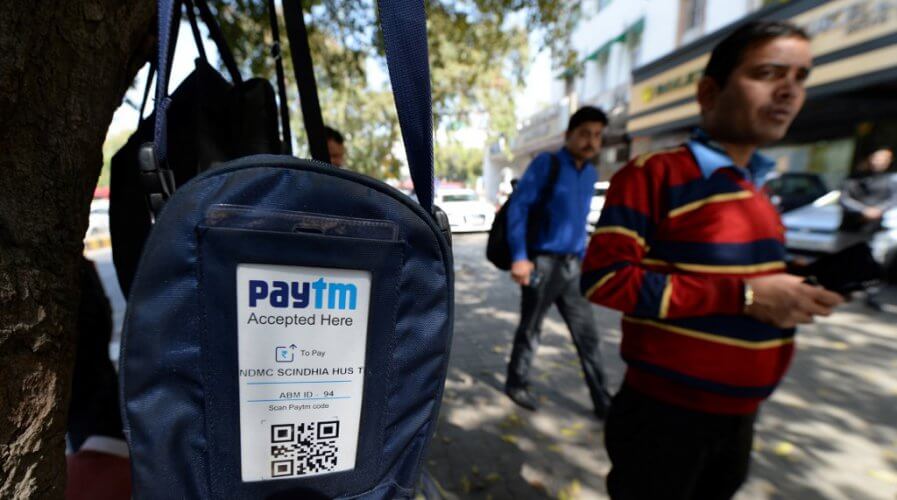
Paytm is losing ground in the race for Indian consumers’ online spending. Source: AFP
Is WhatsApp Pay out of its depth in India’s e-payment space?
- WhatsApp Pay was supposed to conquer the Indian e-payments market, but two years later it’s still finding its footing
- Meanwhile, early market leader Paytm has yielded ground to Google Pay & PhonePe
- Can WhatsApp Pay recover to stake a claim in the lucrative Indian mobile payments scene?
WhatApp’s payment service WhatsApp Pay has been entangled in one regulatory hurdle after another since launching in India in 2018, while mobile payment solutions from Google and Walmart have established dominance in the country’s lucrative digital payments space.
This is all despite India representing WhatsApp’s biggest user base, with over 400 million users registered in India. WhatsApp Pay’s beta launch in 2018 saw over a million users registering for its platform, but it failed to materialize into a full-fledged payment service when government regulatory controls and new data privacy laws caused continued delays to getting approval.
In its place, Google Pay has surged ahead with over 75 million transacting users per month, just in front of Walmart’s PhonePe service which had 60 million paying users in May, according to information obtained by TechCrunch. The two platforms are competing with homegrown Paytm, once the dominant digital payments provider in the country.
India is a world leader in mobile app-based payment methods, with 46 percent of online transactions taking place via mobile devices, data from JPMorgan shows. But there still remains huge growth potential in as smartphone penetration is still low at just 22% of the 1.4 billion population.
And while banking cards are the most-used online payment method at the present, e-wallets are growing at a compound annual growth rate (CAGR) of 80% within the next year, at which point e-wallets will become the primary online payment method, comprising more than a third of all digital transactions.
Google Pay has maintained its overall lead with transacting users despite losing some momentum in India’s tough coronavirus lockdown requirements, owing to Google’s strong penetration of Android mobile apps and services. Much of the payments in the Android ecosystem are funnelled through Google Pay.
Softbank-backed Paytm was an early leader in Indian mobile payments, thanks to its integrations with other popular platforms such as ride-hailing Uber and food delivery startup Swiggy, but has been slow to catch up ever since the government-mandated e-wallets to perform compulsory know-your-customer (KYC) verifications to authenticate and secure users’ identities for payment transactions.
Meanwhile, upstart PhonePe has taken Paytm’s place by integrating with other cutting edge digital services such as Swiggy, ride-hailing player Ola, travel booking service Ixigo, and accommodations operator OYO Hotels.
PhonePE is harboring ambitions of building out its platform into a ‘super app’ like fellow Asian startups WeChat and GoJek, and has about 63 million active users on its app, 45 million of whom are paying customers.
PhonePe’s head of business, Karthik Raghupathy, attributed the startup’s recent growth to its right timing and its agile strategy. “The rise of smartphones and mobile data adoption in recent years; early adoption to UPI at a time when most mobile payments firms in India were betting on virtual mobile-wallet model; and taking an open-ecosystem approach,” he said.
WhatsApp parent company Facebook, meanwhile seems to be going another direction, having recently invested US$5.7 billion in Reliance Industries Ltd., parent company of Indian online marketplace JioMart, and is looking at how it can leverage WhatApp’s advantages on the subcontinent to connect SMEs with customers.
READ MORE
- Ethical AI: The renewed importance of safeguarding data and customer privacy in Generative AI applications
- How Japan balances AI-driven opportunities with cybersecurity needs
- Deploying SASE: Benchmarking your approach
- Insurance everywhere all at once: the digital transformation of the APAC insurance industry
- Google parent Alphabet eyes HubSpot: A potential acquisition shaping the future of CRM


